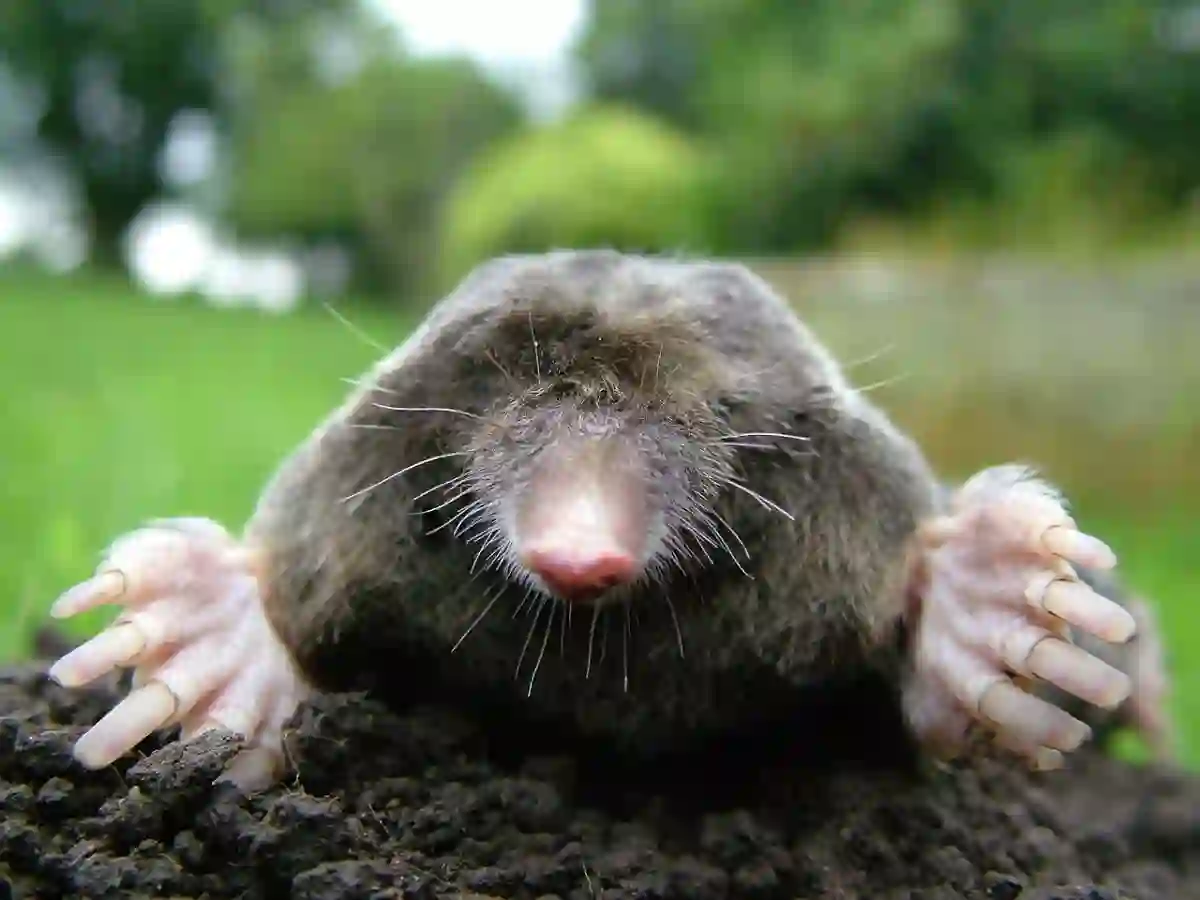We’ve all been there—you step into your garden only to find fresh mounds of soil and a trail of destruction beneath your once-perfect lawn.
While moles might not mean any harm, their underground activity can undo hours of gardening effort.
But don’t worry—you don’t have to use harsh chemicals or traps to deal with them.
There are some surprisingly simple and eco-friendly ways to send them packing.
Why Moles Choose Your Garden in the First Place
First, let’s understand what draws moles in.
These little diggers aren’t after your plants—they’re actually hunting earthworms, grubs, and other insects that thrive in moist, nutrient-rich soil.
So if your garden is healthy (which is a good thing!), it might also look like a buffet to a mole.
Knowing this helps us focus on repelling them in a way that’s kind to nature, but effective enough to reclaim your yard.
Strong Smells Moles Can’t Stand
Even though moles have poor eyesight, their noses are incredibly sensitive.
That’s why certain strong-smelling kitchen scraps can act as powerful natural repellents.
You probably already have some of these at home:
-
Leftover fish bits
-
Onion or garlic peels
-
Basil leaves or vinegar
-
Crushed red pepper flakes
-
Citrus peels like lemon or orange
-
Used cat or dog litter (yes, really!)
When you place these around active mole tunnels, the scents travel through their underground routes and make the space feel unwelcoming—without needing to resort to traps or toxic sprays.
Buttermilk and Whey—Your Garden’s Secret Weapon
This one might sound odd, but trust it—it works.
A mix of whey and buttermilk (yes, the kind from your kitchen) acts as a gentle but effective mole deterrent.
Just mix 1 part whey with 3 parts buttermilk, then pour it into areas where you’ve noticed fresh tunnels.
It’s completely safe for your plants and pets, and moles absolutely hate it.
DIY Buttermilk Is Easy to Make
No need to run to the store. If you don’t have buttermilk on hand, just add a splash of vinegar to regular milk, and let it sit for about 5–10 minutes.
Voila—you’ve got homemade buttermilk ready to go.
Bonus? Buttermilk is rich in calcium and protein, so even if the moles don’t appreciate it, your garden soil definitely will.
A Kind Way to Reclaim Your Garden
At the end of the day, you don’t have to choose between a beautiful garden and a peaceful ecosystem.
These gentle, eco-conscious methods keep your soil safe, your wildlife unharmed, and your yard mole-free.
No harsh poisons, no scary traps—just clever, sustainable gardening.
